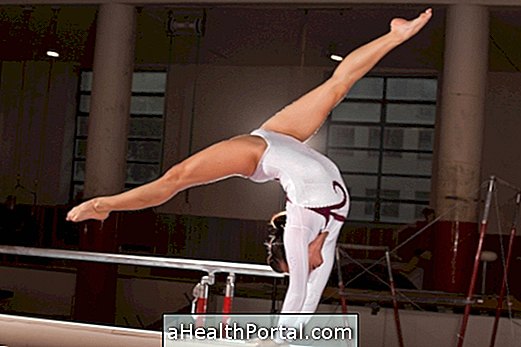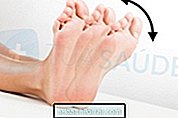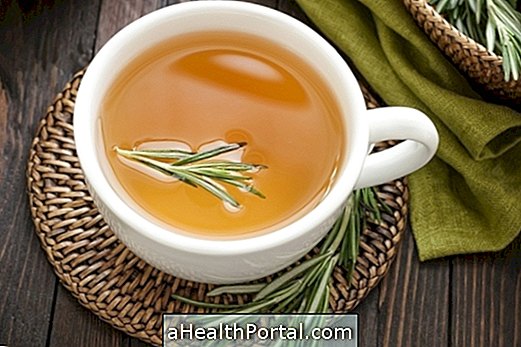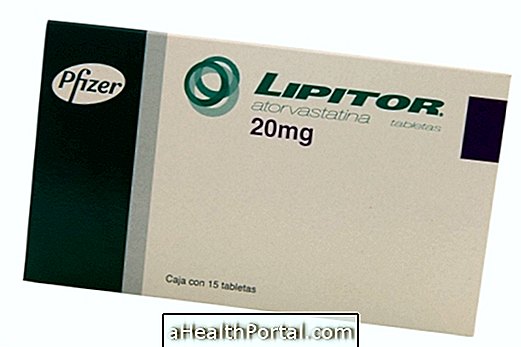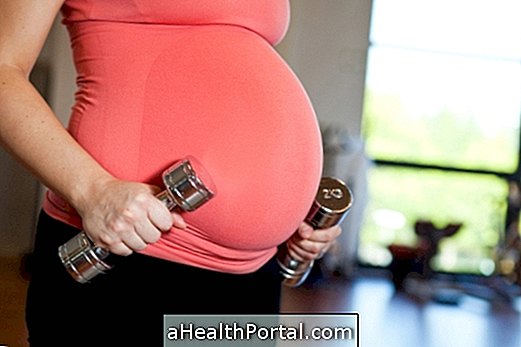Compression stockings may be recommended in cases of diseases related to blood circulation, as they improve circulation and oxygen flow. Thus, in addition to preventing diseases, compression stockings can be used for running as they improve local circulation, improve muscle strength and endurance, and prevent injury. See what they are for and when to wear compression stockings.
The compression stockings for running are usually high, going up to the knee, and perform a progressive compression. This type of sock is more suitable for those people who do long workouts and heavier tests, however, it is important to alternate their use because they can decrease the ability of the muscle to adapt to impacts.
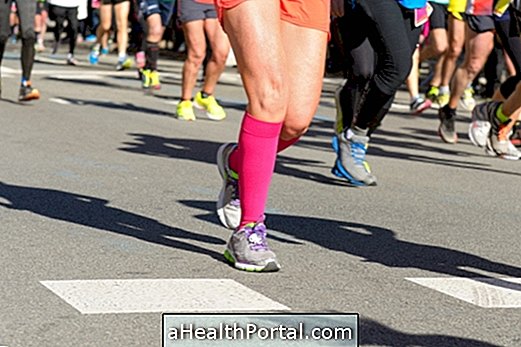
What is it for
The compression stockings can be used for long and intense races, having several benefits, the main ones being:
- Increase muscle strength and endurance, reducing the risk of injury and improving performance;
- Decreased muscle fatigue;
- Increased blood circulation and oxygen flow;
- It accelerates the process of lactate degradation, avoiding that the muscle becomes very sore after the training.
The benefits of socks occur due to the position of the elastic fibers, which are arranged longitudinally and transversely, which makes the compression homogeneous and prevents the muscle from vibrating or swinging too much during exercise, as the impact vibrations are sent over the muscles, which can result in wear and muscle overload, which can lead to injuries.
Disadvantages of compression stockings for running
Although they have many benefits and improve athlete performance, the constant use of compression stockings can cause the muscle to lose its adaptive and oscillatory capacity, increasing the risk of injury when the exercise is done in another environment or the person does not use to sock, for example.
In addition, compression stockings are more expensive than ordinary stockings and can generate discomfort or heat according to their height. It is important for the sock to perform a progressive compression, being tighter at the ankle and a little loose at the knee, avoiding blisters, for example.
Therefore, compression stockings for running should be used alternately on colder days and preferably in long runs or tests and when the body is tired or indisposed.

